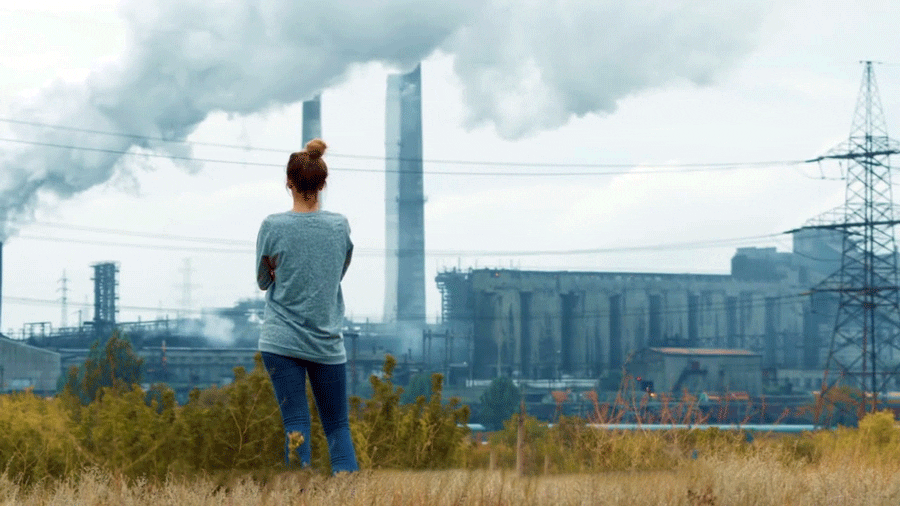The Chemicals Around You and Their Natural Substitutes
Introduction: In our modern world, chemicals play a significant role in various aspects of our daily lives. From the products we use to the food we consume, we are surrounded by a myriad of chemical substances. While these chemicals have undoubtedly brought convenience and innovation, there is growing concern about their potential impact on our health and the environment. Many individuals are now seeking alternatives that are safer, eco-friendly, and derived from nature.
Also Read: Major Natural Disaster Stories
Table of Contents
Looking For Natural Substitutes:

By understanding the chemicals we encounter and discovering viable natural alternatives, we can make informed choices that promote well-being for ourselves and the planet. As an AI language model, I can provide you with some general information about common chemicals and their natural substitutes. It’s crucial to remember that specific substitutions can differ based on the context and intended purpose.
Here are a few examples:
- Chemical: Chlorine bleach
Uses: cleaning purpose.
Natural Substitute: White vinegar or lemon juice.
- Chemical: Ammonia-based cleaners.
Uses: Cleaning purpose.
Natural Substitute: Baking soda or hydrogen peroxide..
- Chemical: Parabens (preservatives).
Uses: Personal care products.
Natural Substitute: Grapefruit seed extract or rosemary extract.
- Chemical: Sodium lauryl sulfate (surfactant).
Uses: Personal care product.
Natural Substitute: Coconut oil or olive oil-based soaps.
- Chemical: Synthetic insecticides.
Uses: Pesticides.
Natural Substitute: Neem oil or diatomaceous earth.
- Chemical: Glyphosate (herbicide).
Uses: Pesticide.
Natural Substitute: Vinegar-based herbicides or manual weed removal.
- Chemical: Artificial food coloring.
Uses: Food additives.
Natural Substitute: Beet juice, turmeric, or spirulina for coloring.
- Chemical: Artificial sweeteners (e.g., aspartame).
Uses: Food Additives.
Natural Substitute: Stevia leaf extract or raw honey.
- Chemical: Polyethylene (PET).
Uses: Plastics.
Natural Substitute: Biodegradable materials like polylactic acid (PLA).
- Chemical: Polystyrene (Styrofoam).
Uses: Plastics.
Natural Substitute: Plant-based alternatives like mushroom packaging or bamboo fiber products.
Limitations of Natural Substitutes:
It’s important to do further research and consider the specific requirements and regulations for each application when looking for natural substitutes for chemicals. Additionally, keep in mind that natural alternatives may not always provide the exact same properties or effectiveness as their chemical counterparts.
It is important to note that natural substitutes may not always provide identical properties or have the same level of efficacy as their chemical counterparts. However, they often offer a range of benefits, including reduced environmental impact, biodegradability, and potentially fewer health risks.
Conclusion:
By familiarizing ourselves with the chemicals we come into contact with and seeking natural alternatives, we can take small yet meaningful steps towards creating a healthier and more sustainable lifestyle. Join us as we embark on this journey to uncover the chemicals around us and explore the world of natural substitutes. Together, we can make a positive impact on our well-being and the world we inhabit.















































